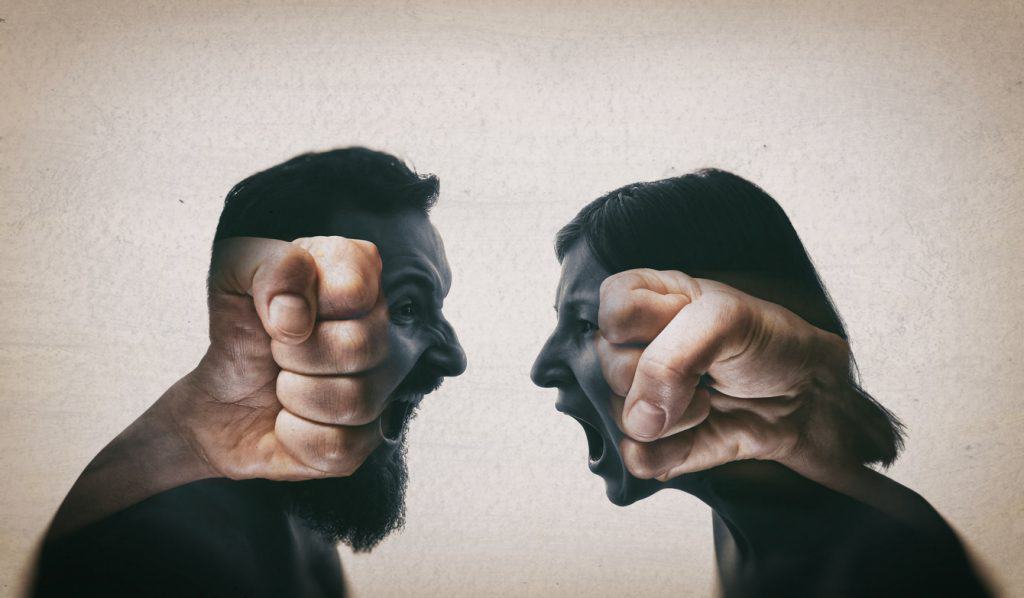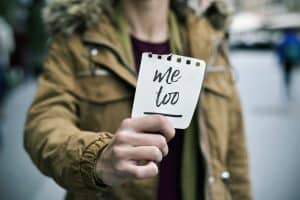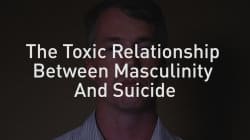Day 1 of the Australian Labor Party conference was fascinating but unsatisfying in terms of debate on occupational health and safety matters so I spoke with one of the many exhibitors at the conference.
Glen Poole is the CEO of the Australian Men’s Health Forum and the podcast below includes a brief discussion of the importance of men’s health and the relevance of the workplace in generating and managing workplace mental health.


 Recently Australian media was entranced with an
Recently Australian media was entranced with an  Being
Being  One online news site
One online news site Recently Huffington Post Australia posted a video about male suicides called “Men are killing themselves to be real men”. Many of the speakers talked about their experiences at work or with work. The video is highly recommended.
Recently Huffington Post Australia posted a video about male suicides called “Men are killing themselves to be real men”. Many of the speakers talked about their experiences at work or with work. The video is highly recommended.